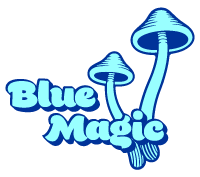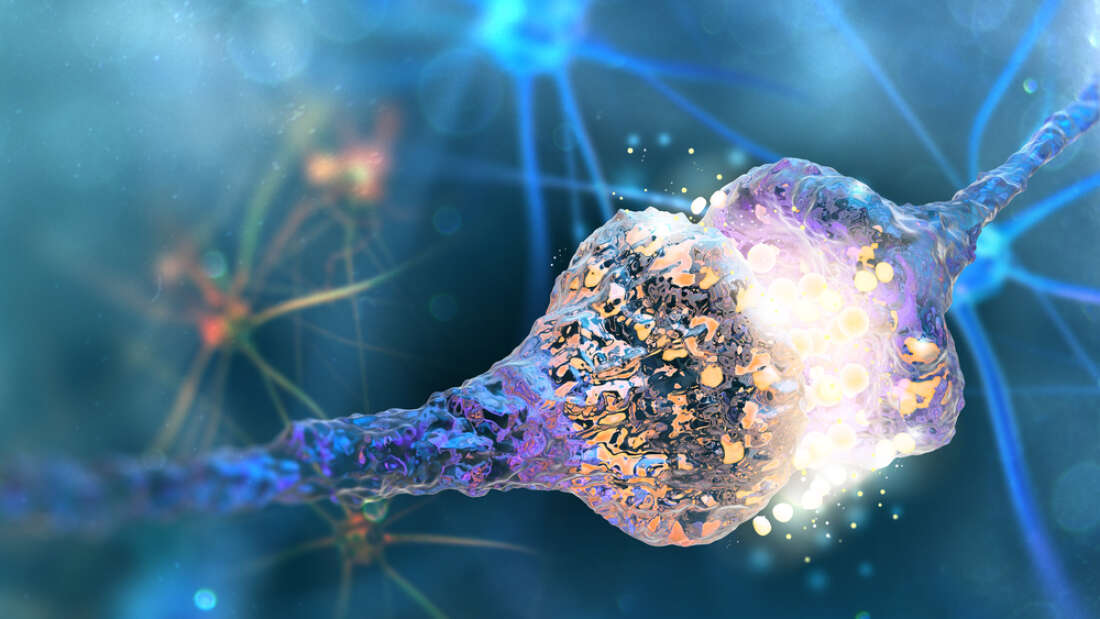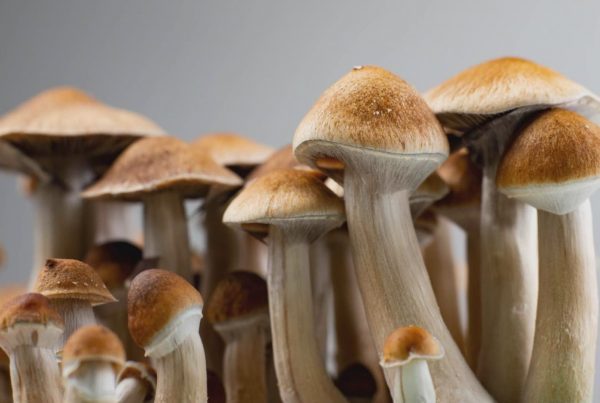Psilocybin, a psychedelic compound that can be derived from over 200 species of mushroom, can remodel connections in the mouse brain. That is the conclusion of a new study that examined structural changes in the brain that might explain psilocybin’s enduring antidepressant effects.
10% increase in connections
The study was led by researchers at Yale University. Senior author Alex Kwan, associate professor of psychiatry and neuroscience, said in a press release, “We not only saw a 10% increase in the number of neuronal connections, but also they were on average about 10% larger, so the connections were stronger as well.”
The antidepressant effects of psilocybin and its active component, psilocin, have been studied extensively since the compound was granted Breakthrough Therapy designation for the treatment of depression by the US Food and Drug Administration in 2019. This kickstarted numerous clinical trials into the drug’s therapeutic effects, but the question of how these potential effects might be achieved in the brain remains unanswered.
The plastic brain
Kwan and his team sought to investigate whether alterations to dendrites, microscopic brain connections that help integrate signals sent from other nerve cells, might be involved. Dendrites are highly plastic, growing and shrinking in response to neurobiological changes. In depression, human studies show that dendritic number and size in the prefrontal cortex reduces. Kwan’s team wanted to see whether psilocybin administration to mice would influence their dendritic density.
To find the answer, Kwan’s team used a powerful imaging technique called two-photon microscopy to look at the density of synapses in the mouse prefrontal cortex. The researchers were able to longitudinally image the brain using this technique, meaning they could examine how dendritic structure changed within the first 24 hours after psilocybin administration, and then repeatedly in the first week after dosing. This was key to determining the strength and endurance of the dendritic connections formed. The researchers showed that roughly 50% of the connections that formed immediately after dosing remained intact a week later. A final analysis 34 days later showed that roughly a third of connections were still intact.
These findings are key to teasing out one of the central mysteries of psilocybin research – why a compound that produces very short-term behavioral changes should produce an antidepressant effect that last far longer.
Serotonin signaling
To examine this discrepancy further, the team dosed the mice with a compound called ketanserin, which blocks signaling through serotonin 5-HT2A receptors, thought to be responsible for the psychedelic trips experienced when taking magic mushrooms. Mice can’t tell us whether they are undergoing profound psychedelic experiences, but they do exhibit specific head-twitching behaviors immediately after taking psilocybin, which is used as an indicator of serotonin receptor stimulation. The researchers noted that while ketanserin stopped this behavior, it did not have an impact on dendritic changes. This may suggest, the researchers say, that the psychedelic and antidepressant effects of psilocybin could be separated.
More research will need to be conducted to work out whether specific brain areas or cell types are especially important in psilocybin’s antidepressant effects, but these findings illustrate that psychedelics like psilocybin, and the already-approved novel antidepressant ketamine, may work in a similar way. “Synaptic rewiring may be a mechanism shared by compounds with rapid antidepressant effects,” write the authors. Summing up, Kwan commented, “”It was a real surprise to see such enduring changes from just one dose of psilocybin,” he said. “These new connections may be the structural changes the brain uses to store new experiences.”








